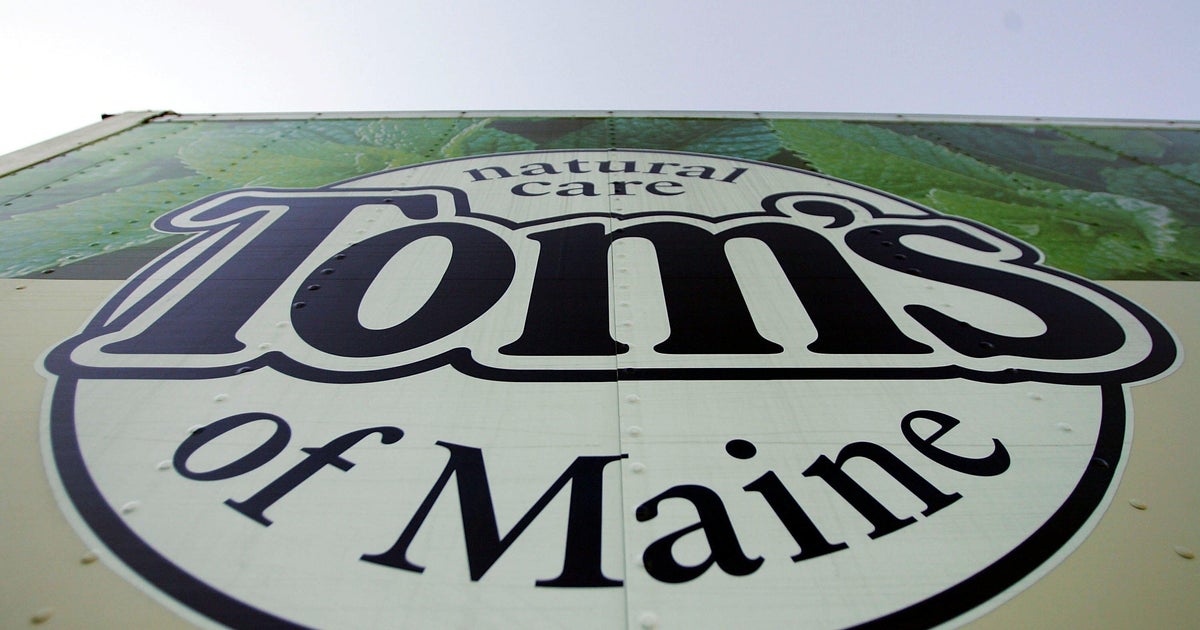Visiting spacecraft finds surprises at asteroid
NASA's OSIRIS-REx spacecraft, flying in close formation with a tiny asteroid named Bennu, has found clear signs of water-rich clays on its rock-strewn surface, as well as another mineral — magnetite — that forms in aqueous environments, project scientists said Tuesday.
In a major surprise, it also observed repeated outbursts that send small particles and pebbles shooting away into space. Some of those particles are blown away fast enough to break free of Bennu's minuscule gravity while others end up in orbit around the asteroid or rain back down on its surface.
Bennu, scientists now know, is an "active asteroid," one of a small number of small bodies that exhibit the unexplained behavior.
"Some of those slow-moving particles have been observed (by OSIRIS-REx) over periods of at least a week, and they appear to be trapped in the asteroid's gravity field and are ending up in orbit around Bennu," said Dante Lauretta, the OSIRIS-REx principal investigator.
"So it's creating its own set of natural satellites," he said. "And then some of them have been observed to fall back onto the surface. Basically, it looks like Bennu has a continuous population of particles raining down on it from discrete ejection events across its surface."
The particles are not believed to pose a threat to OSIRIS-REx, but the navigation team will need to pay close attention as the spacecraft moves around the asteroid over the next two years. Lauretta called the repeated outbursts "one of the biggest surprises of my scientific career."
The ejection events are just one of the surprises Bennu has served up since OSIRIS-REx slipped into orbit around the asteroid on December 3. Shaped somewhat like a child's toy top, Bennu's surface is much rockier than expected based on Earth-based radar observations, with little in the way of smooth, boulder-free patches where the spacecraft's sample collection device can easily carry out a planned touch-and-go collection of dust, soil and small rocks next year.
Instead of targeting a sample collection area more than 160 feet across as originally planned, the team will need to hit a much smaller bull's eye.
But Rich Burns, OSIRIS-REx project manager at NASA's Goddard Space Flight Center, said the spacecraft's navigation system is working with 10 times greater precision than initially expected and "we feel confident our systems and our teams are up to the task of tagging to a sample collection site of much smaller than was previously envisioned."
"You can imagine you're just shooting at a dart board, just trying to hit the board," he said. "Well now, we're going to try to hit the center of the bull's eye. We feel like the performance of the system and the team supports that notion, and we are working actively to make that happen."
Launched in September 2016, OSIRIS-REx — the acronym stands for Origins, Spectral Interpretation, Resource Identification, and Security-Regolith Explorer — reached near-Earth asteroid 101955 Bennu late last year and began close-range observations using a state-of-the-art mapping camera, two mineral sniffing spectrometers, a laser altimeter and a student-managed X-ray imaging system.
Discovered on September 11, 1999, Bennu appears to be a sort of rubble pile with an extremely rocky surface and few ares of smooth, boulder-free soil, or regolith. It is slightly wider than the Empire State Building is tall with a diameter of about 1,614 feet, making it the smallest body ever orbited by a spacecraft. Its mass is estimated at about 85.5 million tons.
The asteroid rotates once every 4.3 hours and takes 1.2 years to complete one trip around the sun at distances ranging from 126 million miles to 83 million miles. It is an almost black, B-type asteroid with a density similar to coal.
It was selected as the target for OSIRIS-REx because it is close enough to reach in a reasonable amount of time, is rotating slowly enough for the spacecraft to attempt sample collection, and is rich in carbon compounds and, possibly, organic precursors to life. And it appears to be active in some manner, with particles detected streaming through space nearby.
OSIRIS-REx will spend all of this year mapping the asteroid in exhaustive detail before an initial attempt to collect surface samples in 2020.
The spacecraft's "Touch-and-Go Sample Acquisition Mechanism," or TAGSAM, features a 10-foot-long robot arm with a pie-pan-shaped sample collector on the far end that will be extended until it gently contacts Bennu's surface at about two tenths of a mile per hour.
While the collector is pressed against the surface for about five seconds, a jet of nitrogen gas will stir up soil and small rocks that will then be captured. Pads on the bottom of the collector will collect dust-size grains. All of the material will be placed in a sample return container for a two-and-a-half-year flight back to Earth. Landing in Utah is expected in September 2023.
But TAGSAM needs a smooth area to press against.
"Bennu does not contain the extensive patches of fine-grained regolith according to which we designed the mission," Lauretta wrote in the journal Nature. "However, we identified several areas, ranging from five to 20 meters (16 to 65 feet) in extent, that appear relatively free of spacecraft hazards and have textures suggestive of abundant fine particles."
A sample-site collection campaign will identify prime and backup sites, kicking off detailed reconnaissance to determine whether TAGSAM can, in fact, successfully collect samples at one or both.
"We will perform a thorough safety assessment of the asteroid environment and all potential sample sites before committing the spacecraft to descent to the surface," Lauretta and his co-authors wrote. "Although we face a reality that differs from many of our predictions, we will attempt to sample Bennu before the spacecraft departs for Earth."







